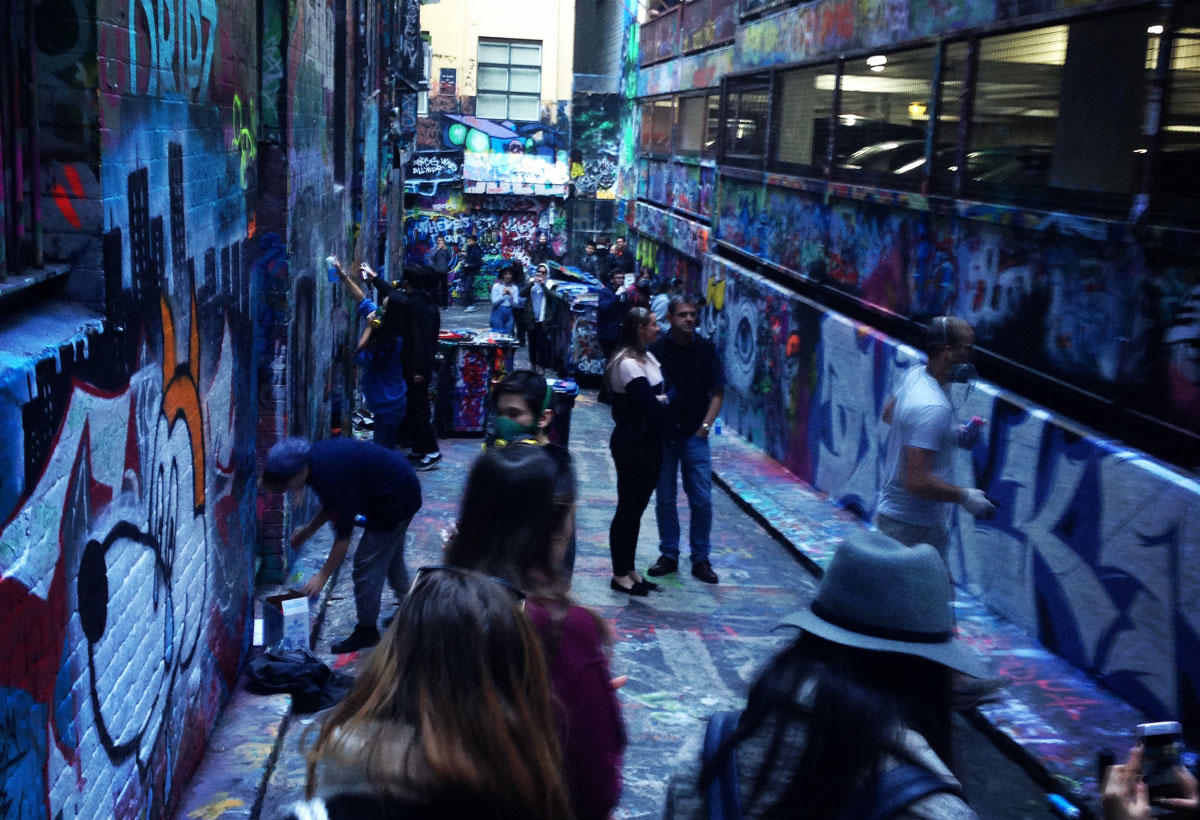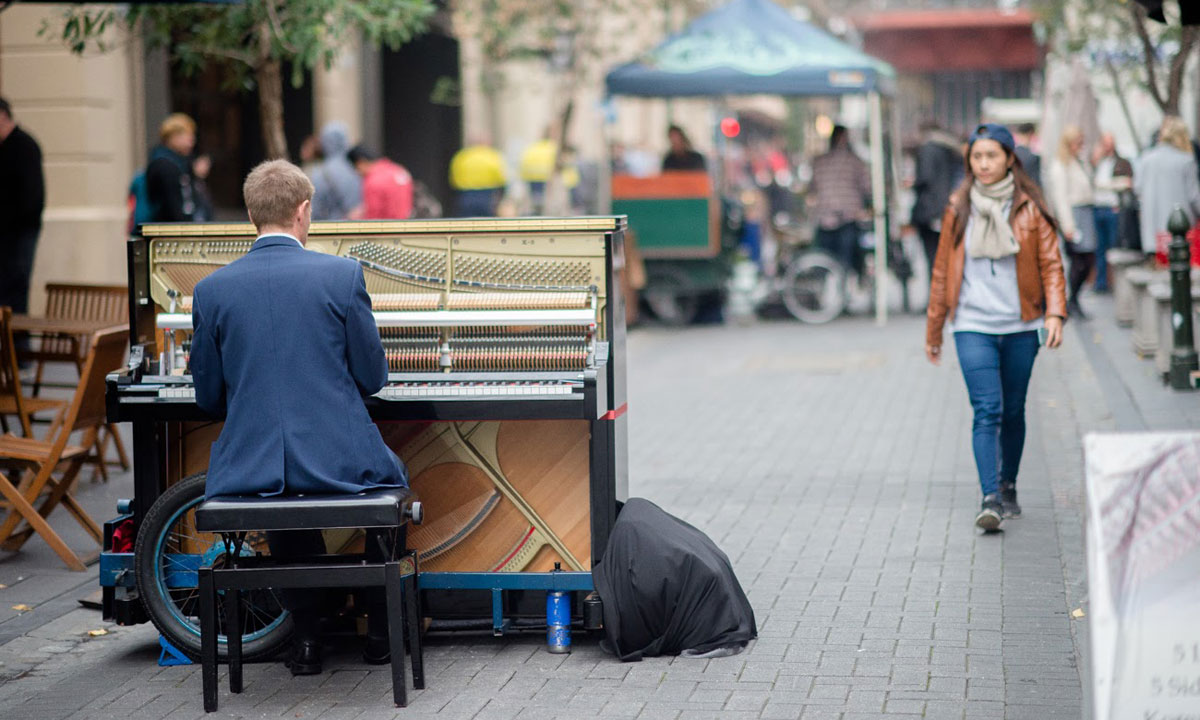Can Adelaide’s laneways rival those of Melbourne?
Melbourne is renowned for its vibrant laneway culture, but the party is just getting started in Adelaide and our variety of urban spaces offers many design advantages, writes landscape architect Tim O’Loan. He looks at the tale of two cities.

An artist's impression of what Bank Street would look like under a plan to rejuvenate the network of laneways and small streets between Adelaide Central Market and the Torrens. Image supplied
Peter Allen said “everything old is new again”, and so it has been with Melbourne’s much-loved laneways over the 2000s. But are they really as interesting, fresh and engaging as they used to be, or has the sparkle faded?
Although based in Melbourne, I’ve travelled to Adelaide dozens of times over the past few years and am always intrigued to see a bit of colour and movement in the city’s laneways.
I love the pockets of vibrancy and often can’t wait to go exploring again to see what’s changed. There is an emerging life to these lanes that may one day rival that of Melbourne’s.
As Melbourne’s lanes once did, the lanes of Adelaide are developing their own unique character. In Melbourne, almost all available space has been spoken for, but in Adelaide the party is just getting started and the eventual form of laneway culture is yet to be defined.
The “magic” behind Melbourne’s laneway revival at first doesn’t sound that exotic or surprising. Economics and governance, not a proto-hipster cultural revolution (yes, the lanes are older than our modern-day hipsters), are behind the city’s now-iconic laneways scene.
Financial support to small laneway-based business and festivals aligned with changes in planning policy created space for the Melbourne lanes to become what they are today.

A paint festival in Melbourne’s Hosier Lane.
Adelaide City Council and the South Australian Government are moving to create a similar nurturing environment for what will hopefully be a post-hipster cultural nirvana from the River Torrens to the Adelaide Central Market.
The drivers for laneway culture in both cities are very similar: the 19th-century surveyors grid and a lack of long views focuses attention on the “urban materiality”, and the promise of good food, wine and the odd festival seems to instil a sense of discovery in residents and visitors.
What sets Adelaide apart are the almost infinite combinations of finer-grain built form. By that I mean that the urban “hardware” of the lanes is profoundly different: the doorways, loading docks, widows, fire escapes and blank walls provide a greater variety of spaces than in Melbourne. The building lines are continually pinching spaces or reclining to create “pocket plazas” mid-block.
My hunch is that this urban morphology will lend its self to the wider variety of semi-permanent and ephemeral uses our city dwellers seem to be embracing now more than in the 2000s.

The East End Wine Down in Adelaide’s Vardon Avenue.
Part of the enduring spirit of laneway culture is re-purposing – or “adaptive reuse”, as it is often now called. The Adelaide lanes provide more scope to reuse the buildings lining the laneways and the lanes themselves.
While Melbourne continues to develop the use of its laneways through popular “micro-festivals”, street-art workshops and temporary greening projects, the true life of the city’s public space has started to develop elsewhere. The re-purposing of other spaces has driven the emergence of various new types of spaces in the city – signalling, perhaps, the end of the evolution of the “laneway” and cementing its role as part of the establishment.
I look to Adelaide now to find that original, unique, edgy and exciting expression of how a city can reimagine itself and develop a new type of space that typifies the character of its communities, its social values and confidence as a metropolis.
Adelaide’s lanes already host of some of the city’s best small restaurants and bars. Many of these local spots are known only to the very local cohort of attentive city workers and CBD dwellers.

Leigh Street – one of Adelaide’s most vibrant small streets.
Part of the success of Melbourne’s lanes is due to the little-known Postcode 3000 initiative of the late 1990s which sought to create a CBD heart that people would be comfortable to live in, work and play in. The 2000s saw the rise of the need for a 24-hour city that, in turn, drove the almost haphazard development of a variety of places for a wide spectrum of people.
In Melbourne, this has combined with continual economic growth to form a successful typology of places that are unique enough to be interesting to the outsider and well-defined enough to promote as a set of “destinations”.
These are some of the ingredients that Adelaide is starting to bring together in its smaller interstitial spaces. I expect that we’ll see a more overt celebration of its laneways very soon.
Landscape architect and urban designer Tim O’Loan is a technical director and practice leader at AECOM in Melbourne. A native Queenslander, he has also practised in Brisbane and London.




